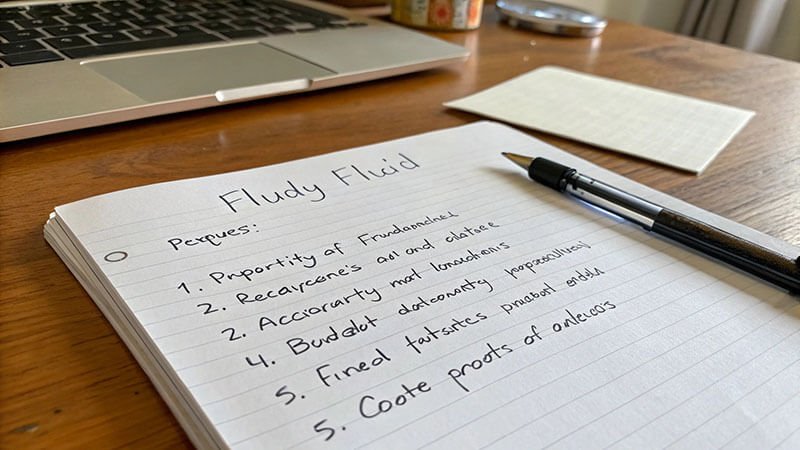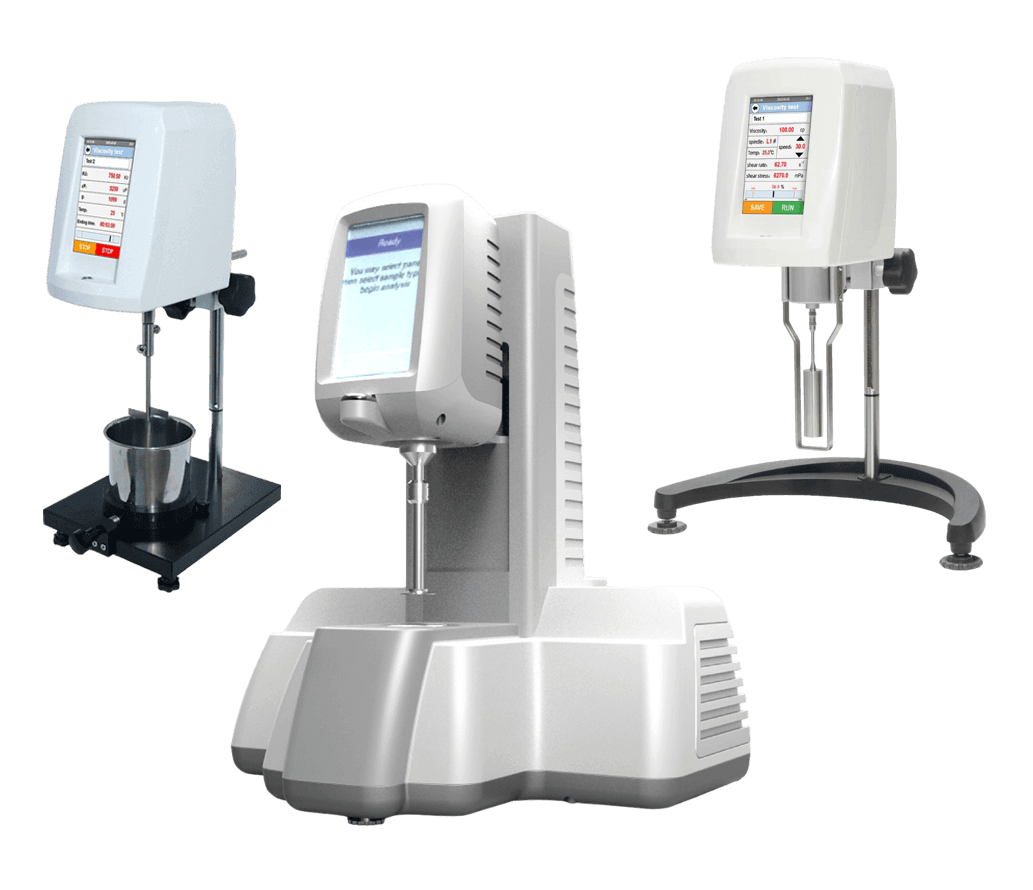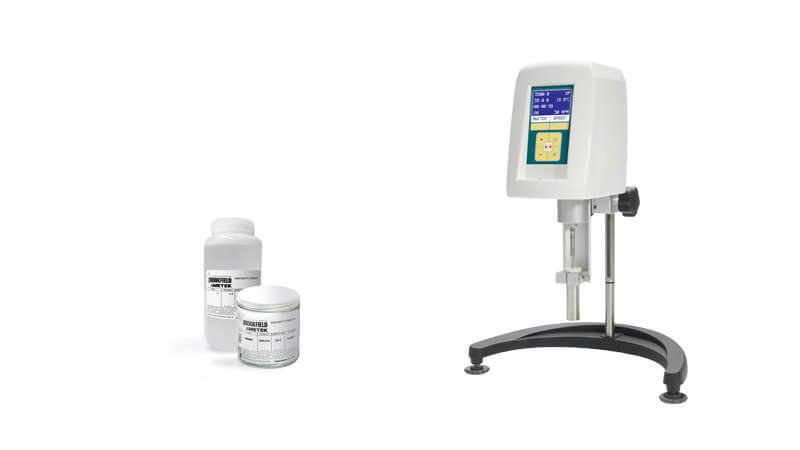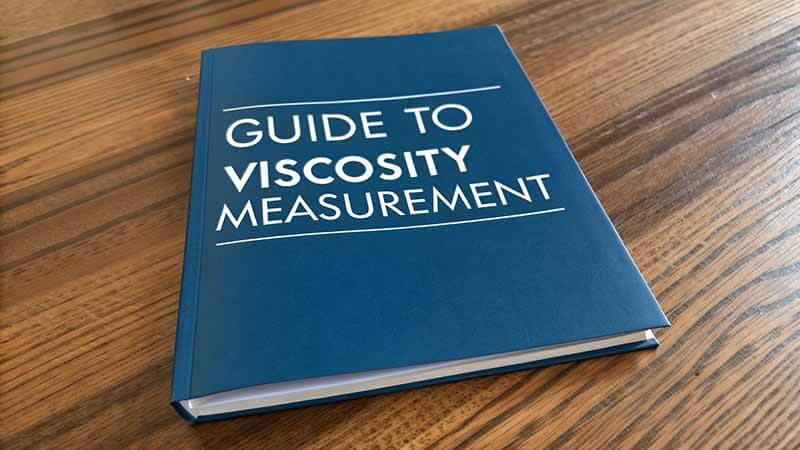Inconsistent product quality can ruin your reputation. The cause is often poor fluid control. This guide simplifies viscosity measurement to give you consistent, reliable results every single time.
This guide explains how to measure viscosity correctly. It covers defining viscosity for your product, choosing the right instrument like a rotational viscometer, understanding rheology, and ensuring your measurements are accurate. This helps you maintain quality control and product performance.
As a factory owner producing viscometers, I talk to purchasing managers every day. They need to solve real-world problems. They don't need complex theories; they need practical answers. This guide provides those answers. It's built from years of experience helping clients get the data they need. Let's start with the most basic question.
What is viscosity and why does it matter to your product?
Your product's thickness seems wrong, but you can't prove it. This leads to customer complaints and rejected batches. Defining and measuring viscosity gives you the control you need.
Viscosity is a fluid's internal resistance to flow. It's the scientific term for 'thickness'. Measuring it is crucial because it directly affects your product's processing, performance, and user experience. For example, it determines how a lotion feels or how a paint coats a surface.
When we talk about viscosity, we need to be specific. There are two main types.
1.1 What is the viscosity of my product?
First, there's dynamic viscosity (also called absolute viscosity). This is the raw measure of a fluid's internal friction. It's what our rotational viscometers at Martests directly measure. It tells you the force needed to make a fluid flow at a certain rate.
Second, there's kinematic viscosity. This is the dynamic viscosity divided by the fluid's density. It's important when gravity is the main force causing flow, like a liquid draining from a tank.
1.2 Is the measure of the defined viscosity relevant?
Yes, it's very relevant. Imagine you sell honey. A customer expects a certain thickness. If one batch is too runny, it feels cheap. If it's too thick, it won't pour. Viscosity measurement turns this subjective "thickness" into an objective number. This allows you to set a quality standard. For my customer Jacky, who sells paint, viscosity determines if it drips off the wall (too thin) or is impossible to spread (too thick). A single number can define product success or failure.
How do you choose the right measurement method?
Buying the wrong instrument is a waste of money and time. You get numbers, but they don't solve your problem. Choosing the right technology is the most important first step.
To choose the right viscometer, consider your fluid's properties, the required accuracy, and your budget. Flow cups are simple and cheap for quality control. Rotational viscometers offer more control and data. Rheometers are for complex research and development.

Choosing the right instrument depends on what you need to know. There is no single "best" tool for everyone. Let's compare the main technologies.
2.1 Viscometer choice, which technology to choose?
Your choice depends on the question you are asking.
| Instrument | Best For | Pros | Cons |
|---|---|---|---|
| Flow Cups | Quick pass/fail checks on factory floors. | Very cheap, simple to use. | Inaccurate, not temperature controlled, operator dependent. |
| Rotational Viscometer | Quality control and product development for most fluids. | Good balance of cost, accuracy, and ease of use. Can measure non-Newtonian fluids. | Less detailed than a rheometer. |
| Rheometer | In-depth R&D, understanding complex material structure (viscoelasticity). | Extremely detailed data (G', G''). | Very expensive, requires expert operator. |
2.2 Which parameter is important to do one right viscosity measurement?
The most important parameter is shear rate. Different measurement methods use different shear rates. A flow cup has a high, uncontrolled shear rate. A rotational viscometer, like the ones we make at Martests, allows you to control the shear rate precisely. This is critical because many fluids change their viscosity at different shear rates. Without controlling for shear rate, your viscosity value is almost meaningless.
What is the difference between viscosity and rheology?
You measured viscosity, but your product still fails in practice. A single viscosity number is not enough. You need to understand the fluid's total behavior, which is rheology.
Viscosity is a fluid's resistance to flow under one specific condition. Rheology is the study of how a fluid's flow behavior changes under different conditions, like varying force or temperature. Viscosity is just one part of rheology.

This is a common point of confusion for my clients. They buy a viscometer to measure viscosity, but what they really need to understand is rheology.
3.1 What is the link/difference between Rheology and Viscosity?
Think of it this way: Viscosity is like taking one photo of a person. Rheology is like watching a video of them. The photo gives you some information, but the video tells you the whole story of how they move and behave. Viscosity is a single data point. Rheology studies the relationship between stress, strain, and time. It helps us build a flow curve, which shows how viscosity changes as we apply more force (shear rate). This is essential for non-Newtonian fluids.
3.2 Which instrument to choose to analyze rheology of my product?
For basic rheology, a rotational viscometer is excellent. Our Martests viscometers can run tests at different speeds to generate a flow curve. This shows if a material is shear-thinning (like paint) or shear-thickening. For more advanced analysis, like measuring the solid-like and liquid-like properties (viscoelasticity) of a gel, you need an oscillatory rheometer. For most quality control and many development needs, a good rotational viscometer is the right choice.
How do you get accurate results with a rotational viscometer?
Your viscosity readings are inconsistent. This makes it impossible to trust your data for quality control. The problem is often simple setup errors, like using the wrong spindle.
To get accurate results, control the temperature, use the correct viscometer range and spindle combination, and follow a consistent procedure. The spindle choice is critical; it should give a torque reading between 10% and 90% of the instrument's full scale.

A rotational viscometer is a precision instrument. Getting accurate, repeatable data is easy if you follow a few key rules. I guide my customers through this process all the time.
4.1 Accurate Viscosity Measurements
The number one factor is temperature. A change of just one degree Celsius can change a fluid's viscosity by up to 10%. Always use a temperature-controlled water bath to keep your sample at the target temperature.
4.2 Choose the Correct Viscometer Range and Spindle
This is the most common mistake I see. Our viscometers come with different models (like LV for low viscosity, RV for medium, HV for high) and a set of spindles. The goal is to choose a spindle and speed combination that gives a torque percentage (% Torque) on the display that is ideally between 10% and 90%.
- Below 10% Torque: The measurement is inaccurate. The signal is too weak. You need a larger spindle or a higher speed.
- Above 90% Torque: You are straining the instrument, and the reading might not be stable. You need a smaller spindle or a lower speed.
What about viscometers for special applications?
Standard viscometers don't work for your thick paste or tiny sample volume. You think you need an expensive, custom solution. But specialized, affordable viscometers already exist for these jobs.
For special applications, specific viscometers offer better accuracy. Cone and plate viscometers are ideal for small samples and absolute viscosity. Krebs Stormer viscometers are the standard for paints. Special accessories are available for thick, non-flowing materials like creams.

At Martests, we know one size does not fit all. While our standard rotating spindle viscometers are very versatile, some applications demand a specialized tool for the best results.
8.1 Cone and Plate Viscometer
This is a type of rotational viscometer. Instead of a spindle, it uses a flat plate and a shallow cone. The main advantages are that it requires a very small sample volume (less than 1 ml) and provides a defined, constant shear rate across the entire sample. This makes it the best choice for absolute viscosity measurements and is common in the pharmaceutical and cosmetics industries.
8.2 Krebs Stormer Viscometer
If you are in the paint and coatings industry, you need this. It measures viscosity in Krebs Units (KU). It uses a special paddle-type spindle and measures the force required to maintain a constant rotational speed of 200 rpm. This is the industry standard (ASTM D562) for measuring the consistency of paints.
8.3 Measurement of Creams, Gels and Ointments
Thick, pasty materials don't flow easily around a standard spindle. This creates a "channeling" effect and gives a falsely low viscosity reading. For these products, we recommend using a special accessory like a Helipath Stand. It slowly lowers the viscometer, so the rotating T-bar spindle is always cutting into fresh material, ensuring a true viscosity reading.
How do you ensure your viscometer is accurate and compliant?
Your customers or auditors are questioning your viscosity data. You lack the certification to prove your instrument is accurate. This can lead to lost business and compliance failures.
Ensure accuracy by regularly verifying your viscometer with certified viscosity standards. Calibration, ideally traceable to an ISO 17025 accredited lab, provides official proof of accuracy. Understanding key viscosity terms and ASTM standards is also crucial for compliance.

For a professional buyer like Jacky, providing a certificate of calibration is not a suggestion; it is a requirement. His customers in Europe demand proof of quality control.
9.1 Verification & Calibration of Viscometers
Verification is something you can do yourself. It means checking your instrument's performance using a fluid with a known viscosity. We sell certified silicone viscosity standard oils for this purpose. If you measure a 100 cP standard oil and your viscometer reads 101 cP, you know it's working well. Calibration is a more formal process. It involves a qualified technician adjusting the instrument to meet specifications and providing a certificate, often traceable to a national standard like NIST or accredited under ISO 17025.
10.1 & 10.2 Viscosity Terms and Standards
Knowing the language helps you communicate with suppliers and customers. Be familiar with terms like cP (centipoise) and mPa·s (millipascal-second)—they are the same unit for dynamic viscosity. Also, know the key standards for your industry. For rotational viscometry, the most important one is ASTM D2196. It provides the standard test methods for non-Newtonian materials using a rotational viscometer. Citing the correct standard on your product's data sheet shows professionalism and builds trust.
Conclusion
This guide shows that measuring viscosity is simple with the right tools and knowledge. Define your needs, choose the right instrument, and follow correct procedures to ensure product quality.


